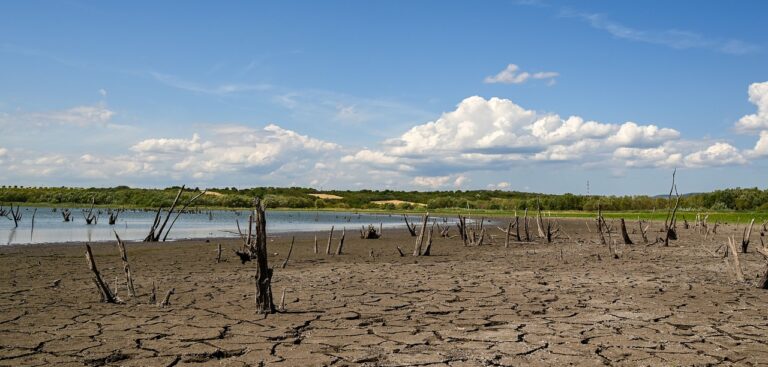Extreme heat in North America, Europe and China in July 2023 was made much more likely by climate change, according to the latest analysis from the World Weather Attribution academic research group.
July 2023 saw extreme heatwaves in several parts of the Northern Hemisphere, including the Southwest of the USA and Mexico, Southern Europe and China. Temperatures exceeded 5°C on July 16 in Death Valley in the USA as well as in Northwest China. Records were also reached in many other weather stations in China and the all-China heat record was broken in Sanbao on the 16th of July.
In Europe, the hottest ever day in Catalunya was recorded and highest-ever records of daily minimum temperature were broken in other parts of Spain. In the USA, parts of Nevada, Colorado and New Mexico tied their all-time high; the highest ever night-time temperatures were recorded in Phoenix, Arizona, which also had its record for longest time without falling below 90°F/32.2°C.
Scientists from the World Weather Attribution initiative collaborated to assess to what extent human-induced climate change altered the likelihood and intensity of the extreme July heat in these three regions. Key findings included:
- Heatwaves are among the deadliest natural hazards with thousands of people dying from heat-related causes each year. However, the full impact of a heatwave is rarely known until weeks or months afterward, once death certificates are collected or scientists can analyze excess deaths. Many places lack good record-keeping of heat-related deaths, therefore currently available global mortality figures are likely an underestimate.
- In line with what has been expected from past climate projections and IPCC reports, these events are not rare anymore. North America, Europe and China have experienced heatwaves increasingly frequently over recent years as a result of warming caused by human activities, hence the current heatwaves are not rare in today’s climate, with an event like the current one expected approximately once every 15 years in the US/Mexico region, once every 10 years in Southern Europe, and once in five years for China.
- Without human-induced climate change these heat events would however have been extremely rare. In China it would have been about a 1 in 250-year event while maximum heat like in July 2023 would have been virtually impossible to occur in the US/Mexico region and Southern Europe if humans had not warmed the planet by burning fossil fuels.
- In all the regions a heatwave of the same likelihood as the one observed today would have been significantly cooler in a world without climate change. Similar to previous studies, it was found that the heatwaves defined above are 2.5°C warmer in Southern Europe, 2°C warmer in North America and about 1°C in China in today’s climate than they would have been if it was not for human-induced climate change.
- Unless the world rapidly stops burning fossil fuels, these events will become even more common and the world will experience heatwaves that are even hotter and longer-lasting. A heatwave like the recent ones would occur every 2-5 years in a world that is 2°C warmer than the preindustrial climate.
- Heat action plans are increasingly being implemented across all three regions and there is evidence that they lead to reduced heat-related mortality. Furthermore, cities that have urban planning for extreme heat tend to be cooler and reduce the urban heat island effect. There is an urgent need for an accelerated rollout of heat action plans in light of increasing vulnerability driven by the intersecting trends of climate change, population ageing and urbanization.
Commenting on the findings, Prof. Liz Stephens, professor in Climate Risks and Resilience at the University of Reading, said, “The temperatures recorded during the recent heatwave across Southern Europe would have been impossible without climate change.
“This extreme weather in Southern Europe is not the ‘new normal’. Heatwaves will get over one degree hotter again within 30 years even if the goals of the Paris Agreement are met.
“Despite this increasing risk, there are relatively simple solutions that can reduce the impacts of heatwaves, provided that governments act now. This means more investment in adapting our homes and urban environments, ensuring critical infrastructure is resilient, and putting plans in place to support the members of our communities most vulnerable to the extreme heat,” she said.
To read more about World Weather Attribution’s methodology and findings, click here.



